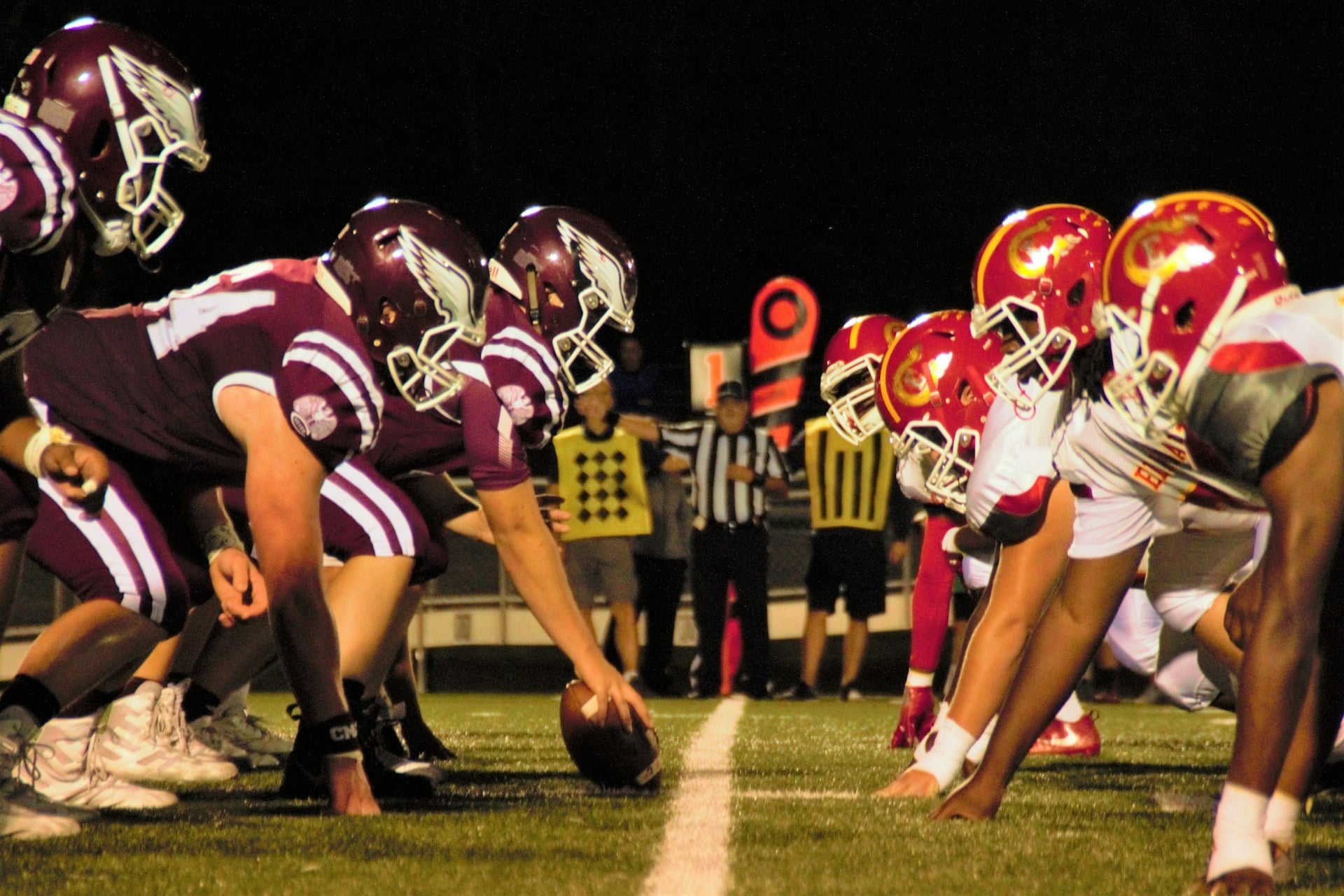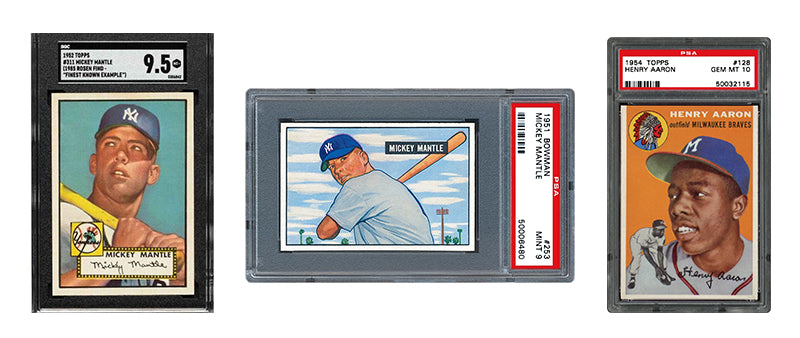2025 Baseball Prospects to Keep An Eye Out For
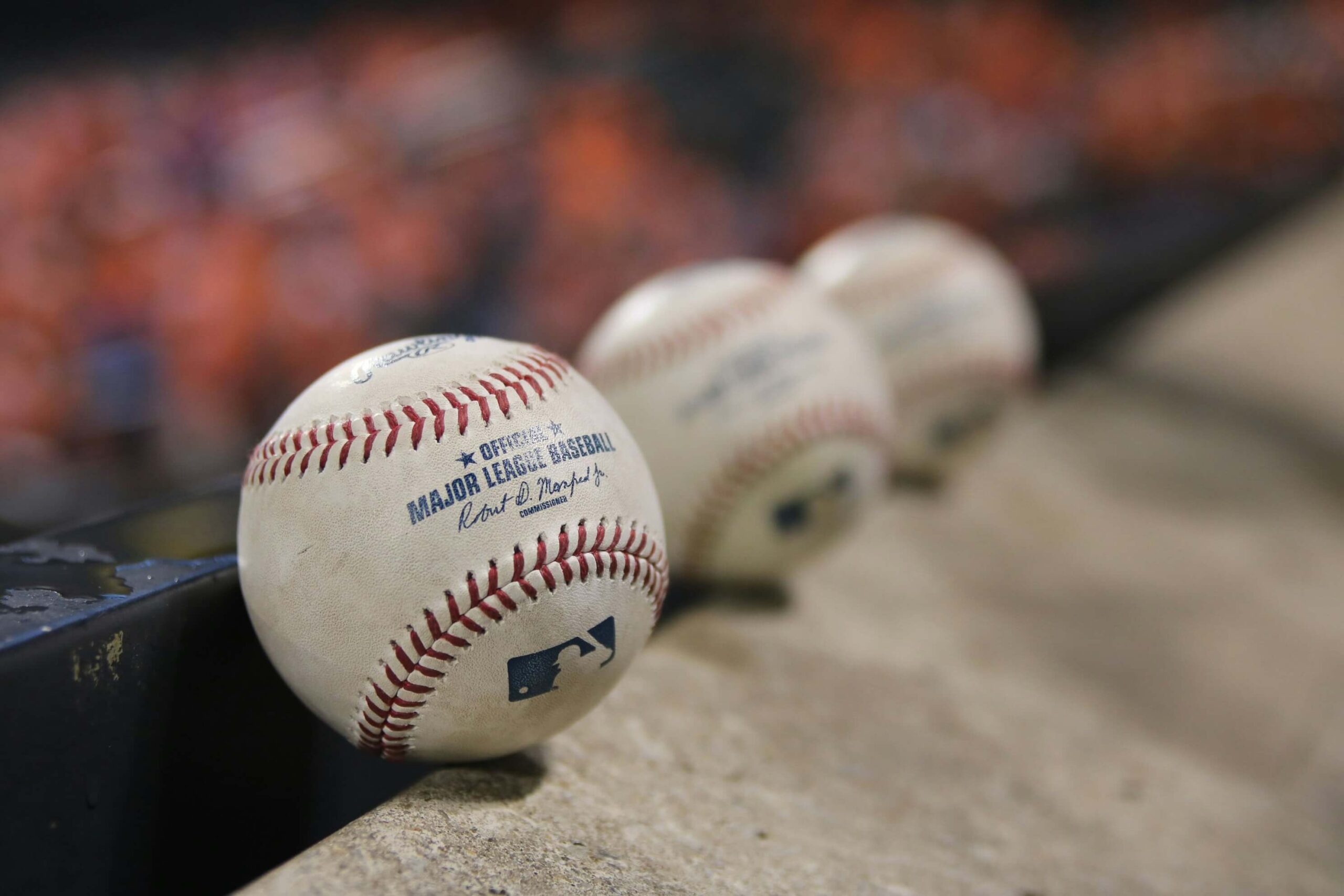
The 2025 MLB draft might yet be a ways off, but the Winter season has always been speculation central for any diehard baseball fan and collector. From breakout college all-stars to stealthy power hitters who dominate the numbers, there’s a lot to gain from knowing who to look out for when it comes to the best baseball rookies of 2025. Find your next all-star with this Giant Sports Card deep-dive.
1. Dylan Crews
Dylan Crews is one of the favorites to earn Rookie of the Year this year, and his path to stardom can clearly be traced from his earliest games alongside fellow LSU alum Paul Skenes. Crews made waves as the No.2 draft pick in 2023 with an impressive $9.2 million signing bonus with the Washington Nationals, much of which was propelled by his LSU record.
Crews is a Golden Spikes Award winner with one of the most impressive minor league records. On the defensive side, he’s coming in at three outs above average. In terms of offense, this 2025 baseball prospect has 21 hits to his name in his final 16 games in the minor leagues, and is a potential five-tool threat in the future. If Crews can keep honing his stellar offensive and defensive pedigree, he’s going to be an easy pick for Rookie of the Year.
2. Roman Anthony
Roman Anthony is arguably another one of the most promising rookies of the upcoming season by most metrics. Yet to hit 21, this left-handed outfielder already ranks at over a 90% exit velocity. Ramos’s raw talent and potential caught the attention of scouts early on, and it’s easy to see why.
Ramos’s raw power and bat speed indicate that he could potentially be a 25+ homer player at his peak. Combine that talent with a team that synergizes perfectly with his strengths, especially players like Duran, and you’ll start to see why this 2025 baseball prospect could be one of the hottest rookie baseball cards to look out for this season.
3. James Wood
James Wood closely follows Roman Anthony’s heels, with many scouts pegging him as this season’s De La Cruz. If you’re out of the loop, De La Cruz was a star 2024 rookie pick who played a massive role in the Cincinnati Reds’ performance that season, second only to Bobby Witt Jr. in terms of pure speed.
Wood could end up playing a similar role for the Nationals this upcoming season. At 22, James Wood is already an impressive outfielder who balances striking speed with size and strength. With a 2024 OPS of .781 and nine home runs in his debut season, this 6’7 powerhouse could be the breakout star of your next Panini baseball box.
4. Kristian Campbell
If there’s one word we could use to describe this top 2025 baseball prospect, it would be: dynamic. Perhaps more than any of the players mentioned in this 2025 baseball rookies list, Campbell seems determined to improve his performance and match the best that the Red Sox have to offer.
- Evolution: Scouts have reported a massive improvement in Campbell’s raw power since his Minor League debut in 2023. A few swing adjustments in the off-season have allowed Campbell to access more of the power that his larger frame can deliver, and experts believe he still might have room to grow.
- Versatility: Campbell’s potential strength and proven defensive capabilities make him an excellent future two-way player. As a defender, Campbell has already played center field, second, and third base, with second base being his comfort zone.
This 2025 baseball prospect comes with a sky-high skill ceiling. If the Sox can harness his potential, we might just be looking at a consistent two-way all-star player.
5. Carson Williams
Williams is the perfect prospect for collectors who chase baseball card cases for the risk and reward. This duality defines Carson Williams as a top prospect for the Rays. On the one hand, Williams displays an above-average combination of speed and offensive power, along with a 95 mph arm that could make him an intimidating defensive threat, as well.
Conversely, Williams strikes out more often than his fellow MLB prospects. Luckily, this shortcoming can be managed with enough training, and if Williams is resilient enough to improve, he could take the Rays to new heights in 2025 and beyond. Collectors who bet big on this 2025 baseball prospect could see themselves winning big with a potential base-stealing threat.

6. Jackson Jobe
We’ve discussed a lot of heavy hitters on this 2025 baseball rookies list. Jackson Jobe breaks away from that trend as a uniquely talented pitcher for the Tigers. Like the other players on our list, Jobe has a long way to go before he can be considered an all-star threat, but his current pitching prowess makes him a player to watch from day 1.
Jobe’s biggest strength lies in his fastballs, averaging a little over 97 mph. He might not be able to deliver those 99 mph pitches consistently at the moment, but he already shows a considerable amount of flexibility. Additionally, this 2025 baseball prospect can clearly ramp up the speed when the situation calls for it, throwing in splitters and cutters along with those four seams.
7. Samuel Basallo
The Orioles might just have found the perfect catcher in Samuel Basallo, a Dominican powerhouse who has been in the limelight since early 2024. At 20, Basallo stands tall at 6’4 and 220 pounds, considerably larger than other rookies at the same position. Still, his ability to call a game has made him a player to watch for the 2025 season.
As one of the most promising catchers in our 2025 baseball rookies list, Basallo’s tenacity will ultimately determine his future with the Orioles. He has remarkably recovered since injuring his throwing arm in mid-2024, but he still has a long way to go. Will this 2025 baseball prospect’s batting and catching prowess give him a prized spot in the latest sports card boxes? Only time will tell.
Collect The Season’s Best
New MLB seasons are always something of a gamble. You can never really tell how a player will handle an off-season injury or which low-key rookie will put up a head-turning performance once the draft is over. As a collector, your best bet is generally to spread out your picks and snap up the season’s most promising rookies.
Be the first to get your hands on tomorrow’s all-stars with Giant Sports Cards. Order new sports card releases at the lowest prices and enjoy day 1 shipping with the sports card store that collects with you. Pull the best 2025 baseball prospects and Unbox Your Love Of The Game™ today.



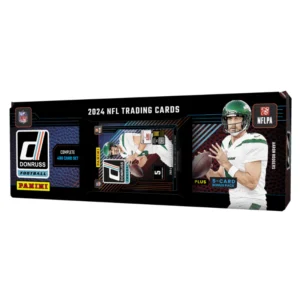
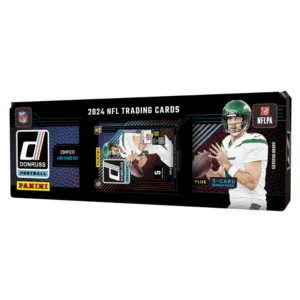
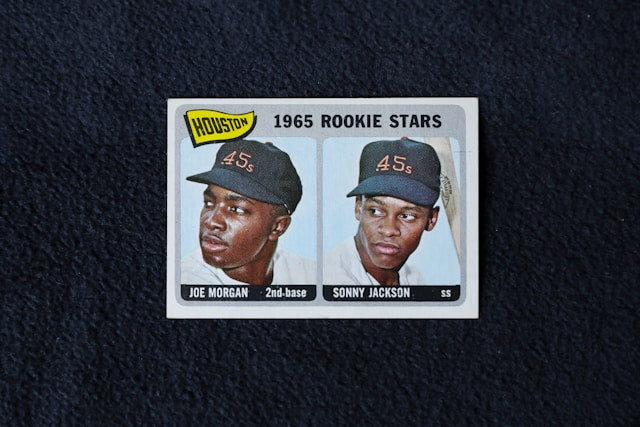






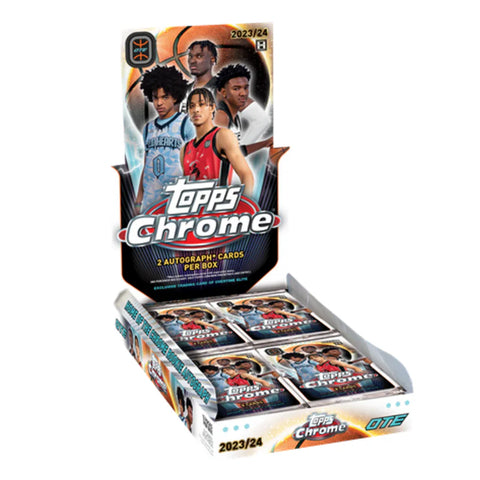


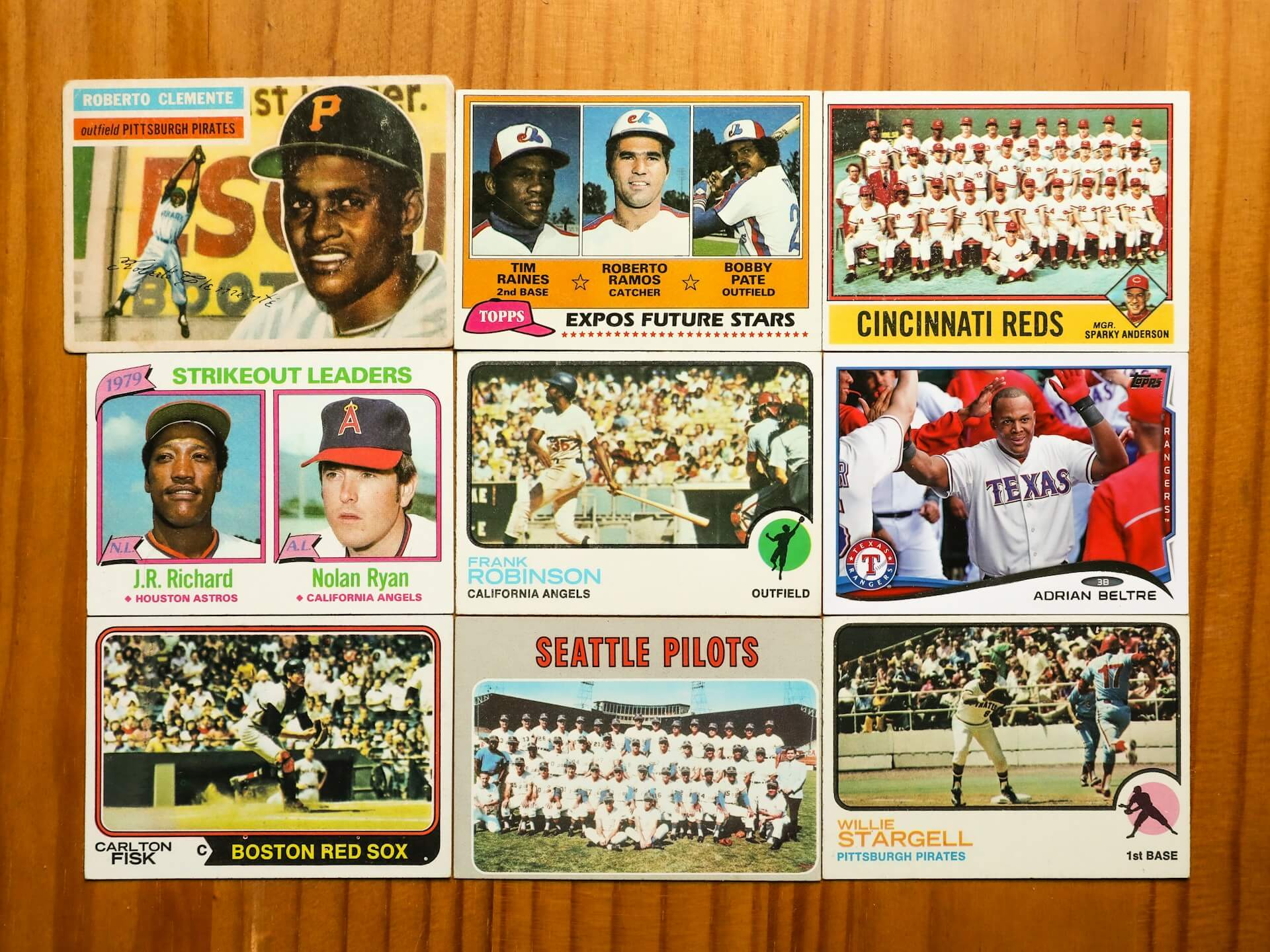

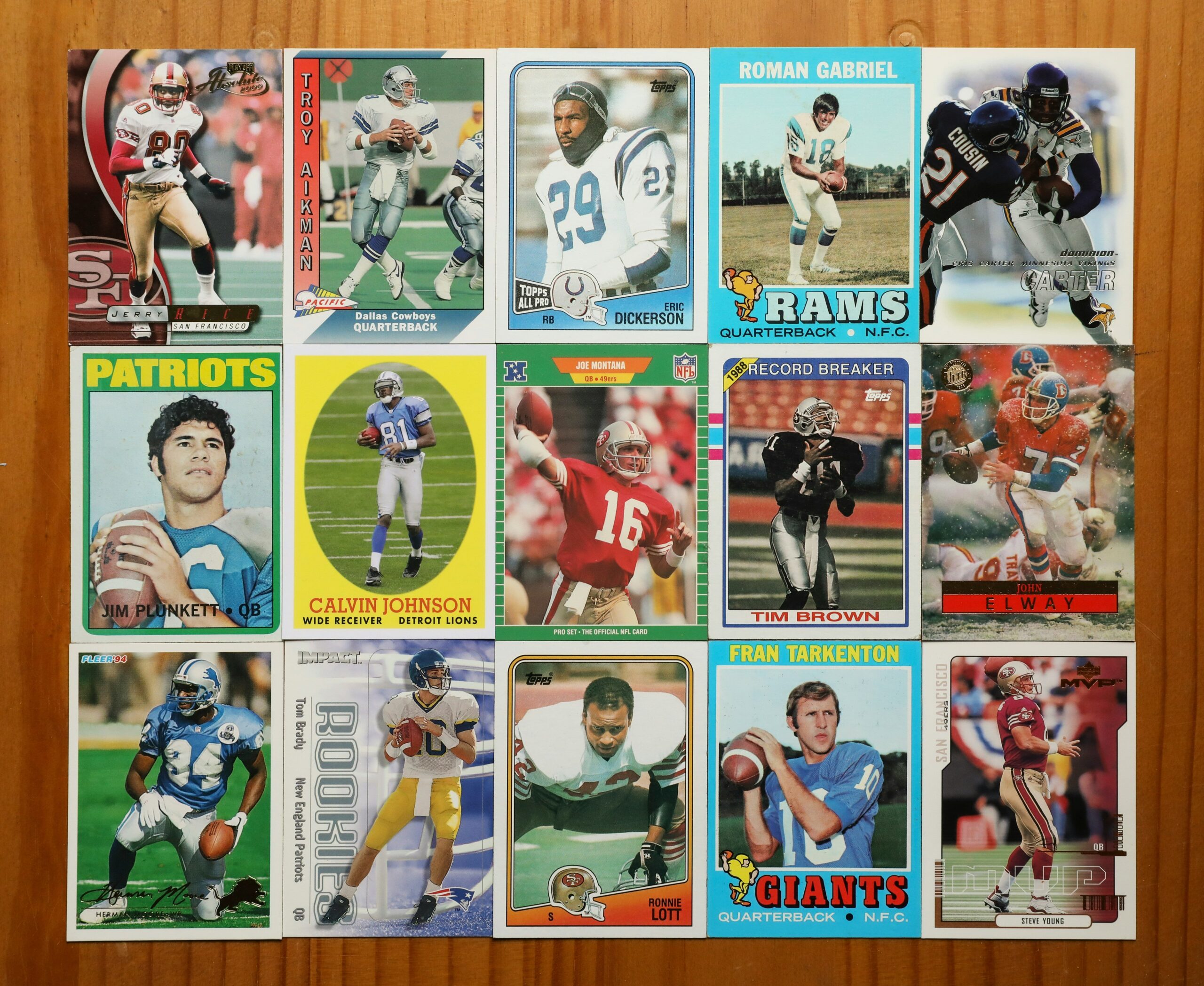
 Star Collegiate Players: The first dedicated football cards ever made focused on showcasing star players from various colleges, much like the 1888 set. N302 included players like John Dunlop, Langdon Lea, and Charles Brewer.
Star Collegiate Players: The first dedicated football cards ever made focused on showcasing star players from various colleges, much like the 1888 set. N302 included players like John Dunlop, Langdon Lea, and Charles Brewer.
